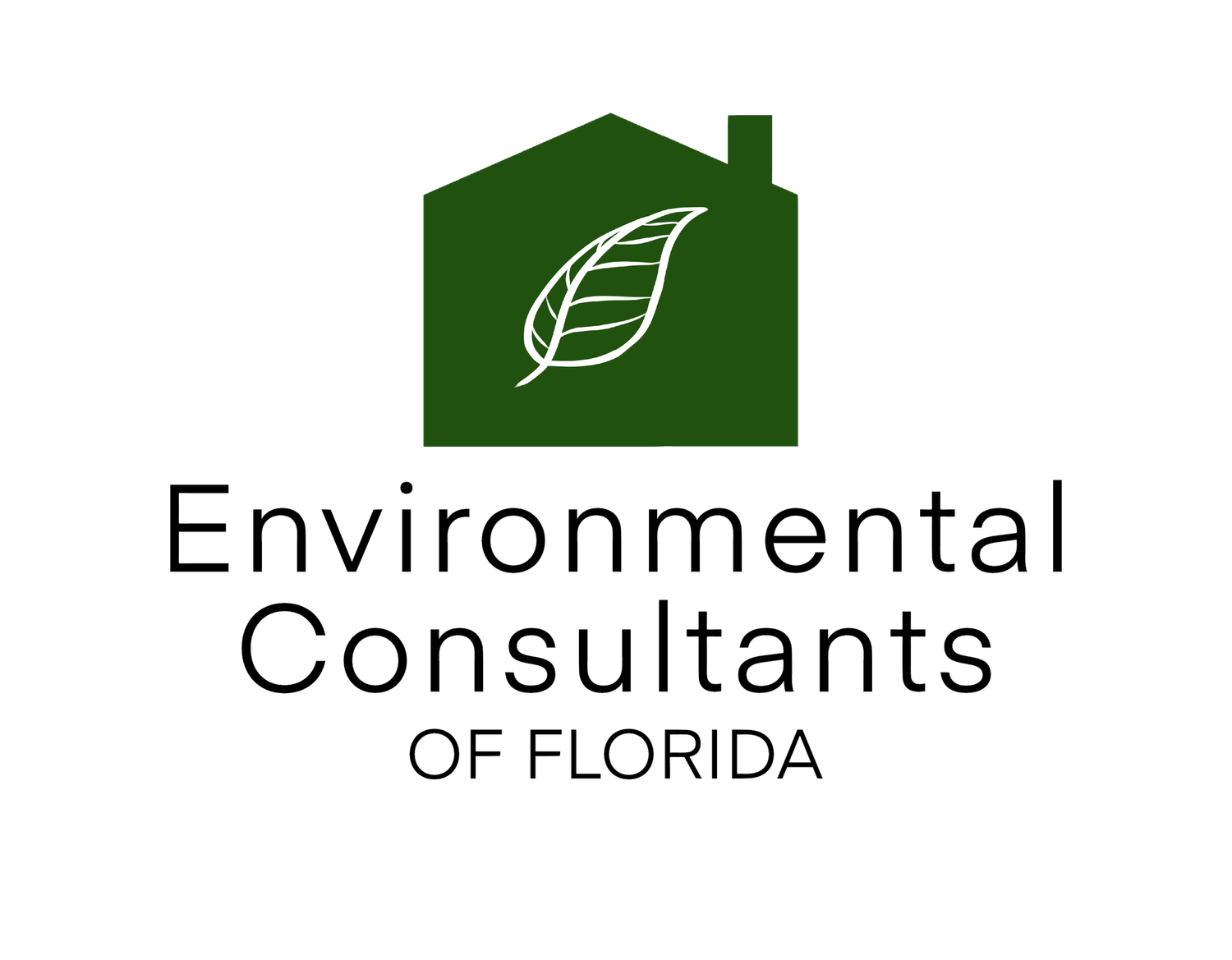Protected Species Services
Bald Eagle Surveys, Permitting & Monitoring
Bald eagles are protected under the Bald and Golden Eagle Protection Act, the Migratory Bird Treaty Act, and state regulations. These laws prohibit disturbance, harassment, or destruction of bald eagle nests, eggs, or habitat. Bald eagle surveys are conducted to assess the presence of active nests and nesting territories within or near proposed project sites. If bald eagle nests are identified or if there is suitable habitat for nesting bald eagles, developers may be required to obtain an incidental take permit, submit a monitoring plan or both prior to commencement of developmental activities.
Benthic Seagrass Survey
A seagrass survey entails assessing the distribution, density, and health of seagrass beds in marine & freshwater environments through field observations and data collection methods such as transect sampling. This survey is required prior to commencement of surface water construction projects like dredging, seawall construction, marinas and other related projects because seagrass habitats are ecologically significant, providing vital functions such as habitat for aquatic life, oxygenating waterbodies, and stabilization of coastal sediments. Understanding the presence and condition of seagrass beds enables project planners to minimize their impact to seagrass beds and benthic environments.
General Species Survey
A general species survey involves evaluating the presence of protected species and their habitats on properties earmarked for development. Properties displaying suitable habitat conditions are mandated to undergo a comprehensive general listed species survey. This survey is essential to guarantee that developmental endeavors adhere to state and federal laws, ensuring the avoidance of harm, harassment, or mortality of protected species.
Gopher Tortoise Surveys, Permitting & Relocation
Gopher tortoises are state listed as threatened by the Florida Fish and Wildlife Conservation Commission (FWC). Both the gopher tortoise and their burrows are protected under state law. A relocation permit must be acquired from FWC before disturbing burrows and conducting construction activities. FWC defines disturbing burrows as any work that is conducted within 25’ of a gopher tortoise burrow. We have FWC experienced and approved authorized gopher tortoise agents on staff ready to aid you in gopher tortoise relocation efforts.
Imperiled Beach Nesting Bird (IBNB) Surveys, Permitting & Monitoring
The American oystercatcher, snowy plover, black skimmer, and least tern are state listed as threatened on Florida’s Endangered and Threatened Species List. The Florida Fish and Wildlife Conservation Commission (FWC) prohibits take of these species, which includes harm and harassment. Harm includes significant habitat modification as well as injury or mortality. Prior to commencement of developmental activities occurring on or near the coast during the breeding season, an IBNB survey is required in order to assess the project area and it’s buffer for IBNB’s, breeding behavior, their nests and their chicks. An incidental take permit will be required prior to any developmental activities occurring on or near the coast during the breeding season if IBNB’s, breeding behavior, their nests or their chicks are present.
Red-Cockaded Woodpecker (RCW) Surveys
Red-cockaded woodpecker surveys are required in Florida as part of environmental assessments and permitting processes for various development projects, particularly those taking place within or near potential habitat areas for this endangered species. These surveys are mandated to evaluate the presence, distribution, and nesting activity of red-cockaded woodpeckers in the project vicinity.
Tree Surveys
Certain local municipalities in Florida mandate tree surveys before any land clearing or developmental activities are proposed, ensuring compliance with tree preservation ordinances and regulations aimed at conserving urban tree canopy and green space. These surveys help identify the location, species, size, and health of trees within the project area, facilitating informed decision-making and sustainable development practices.
